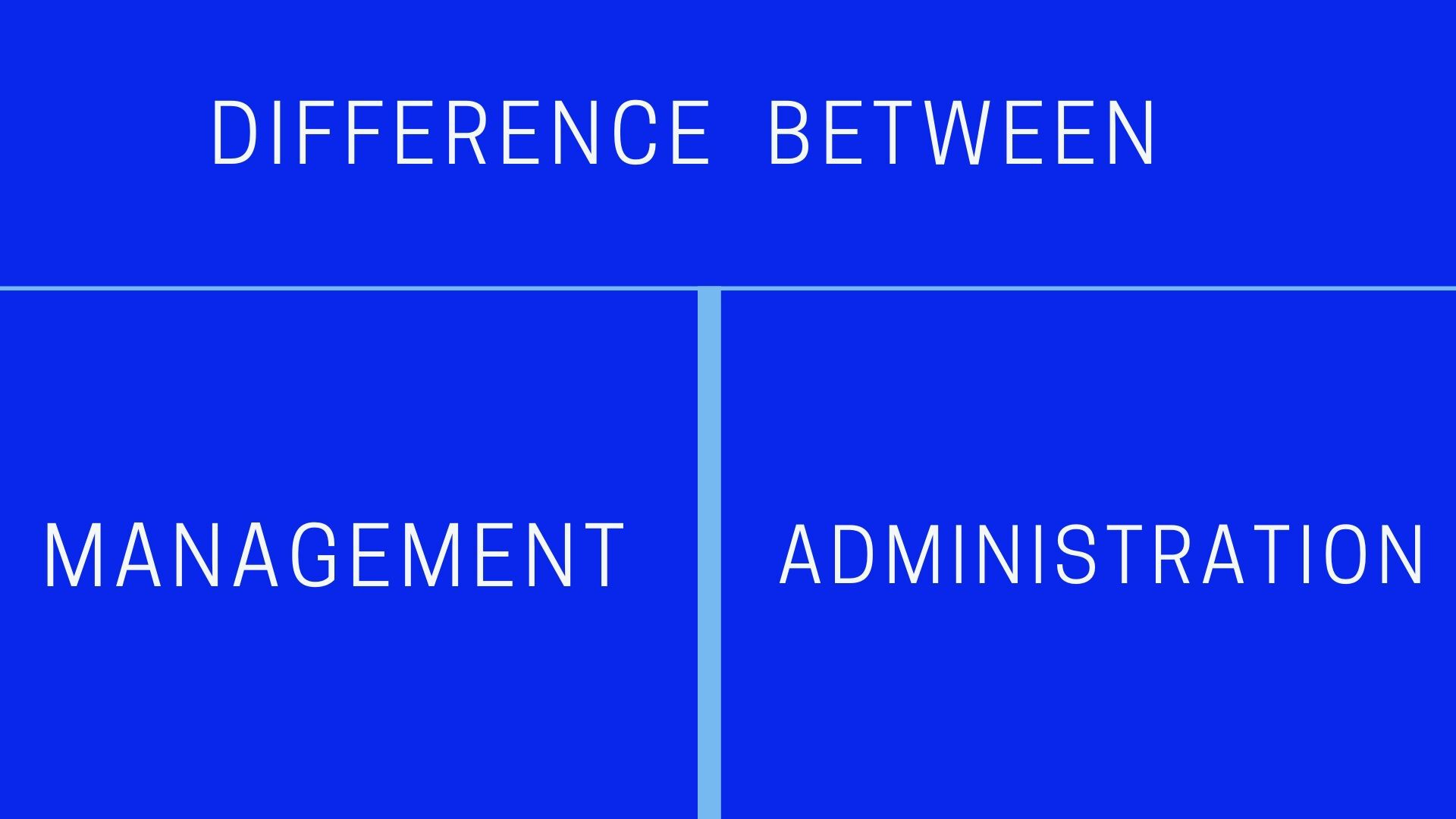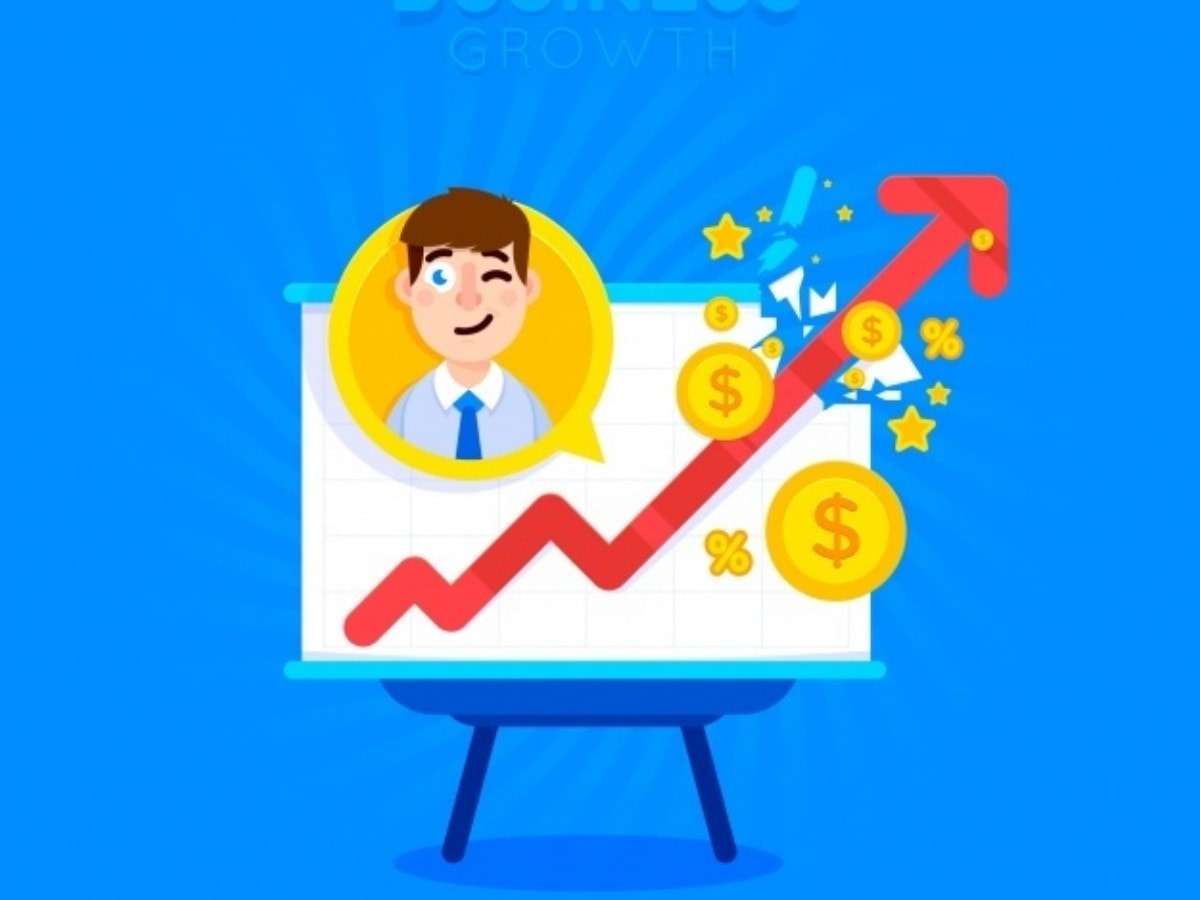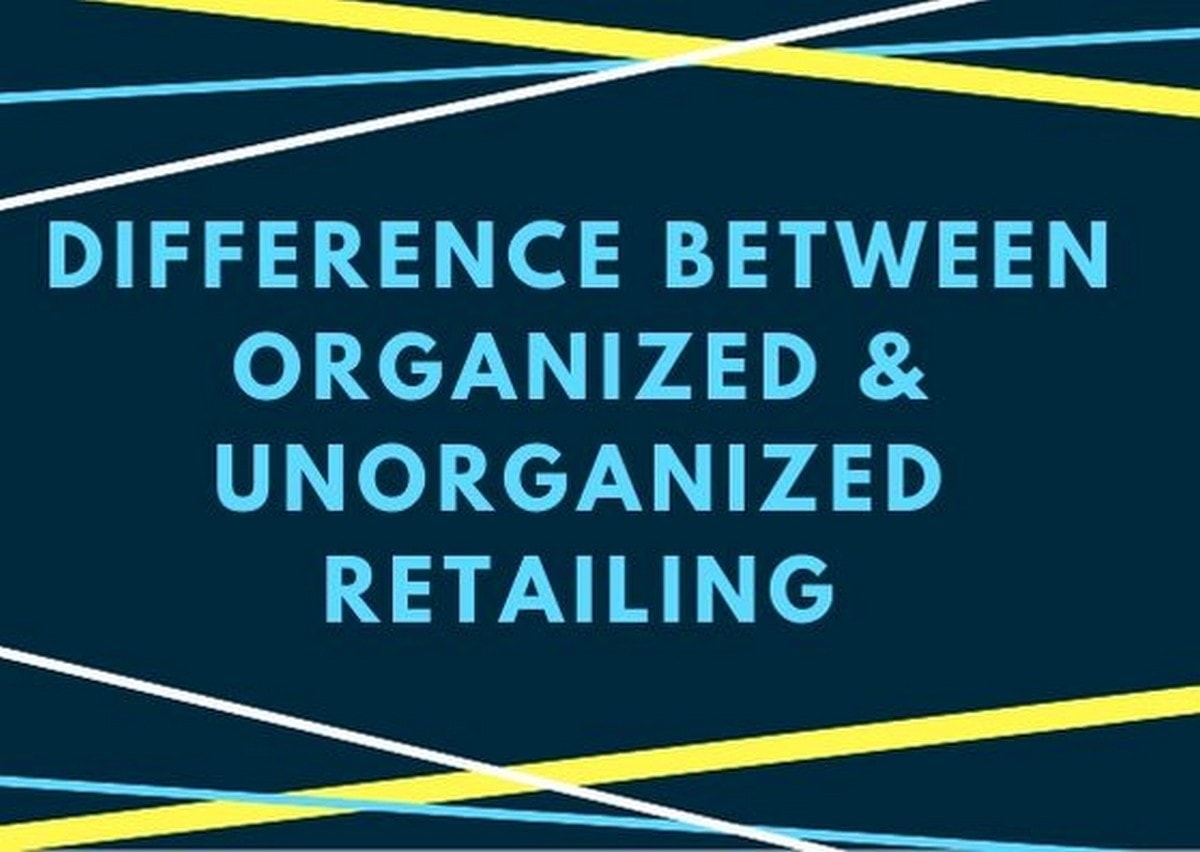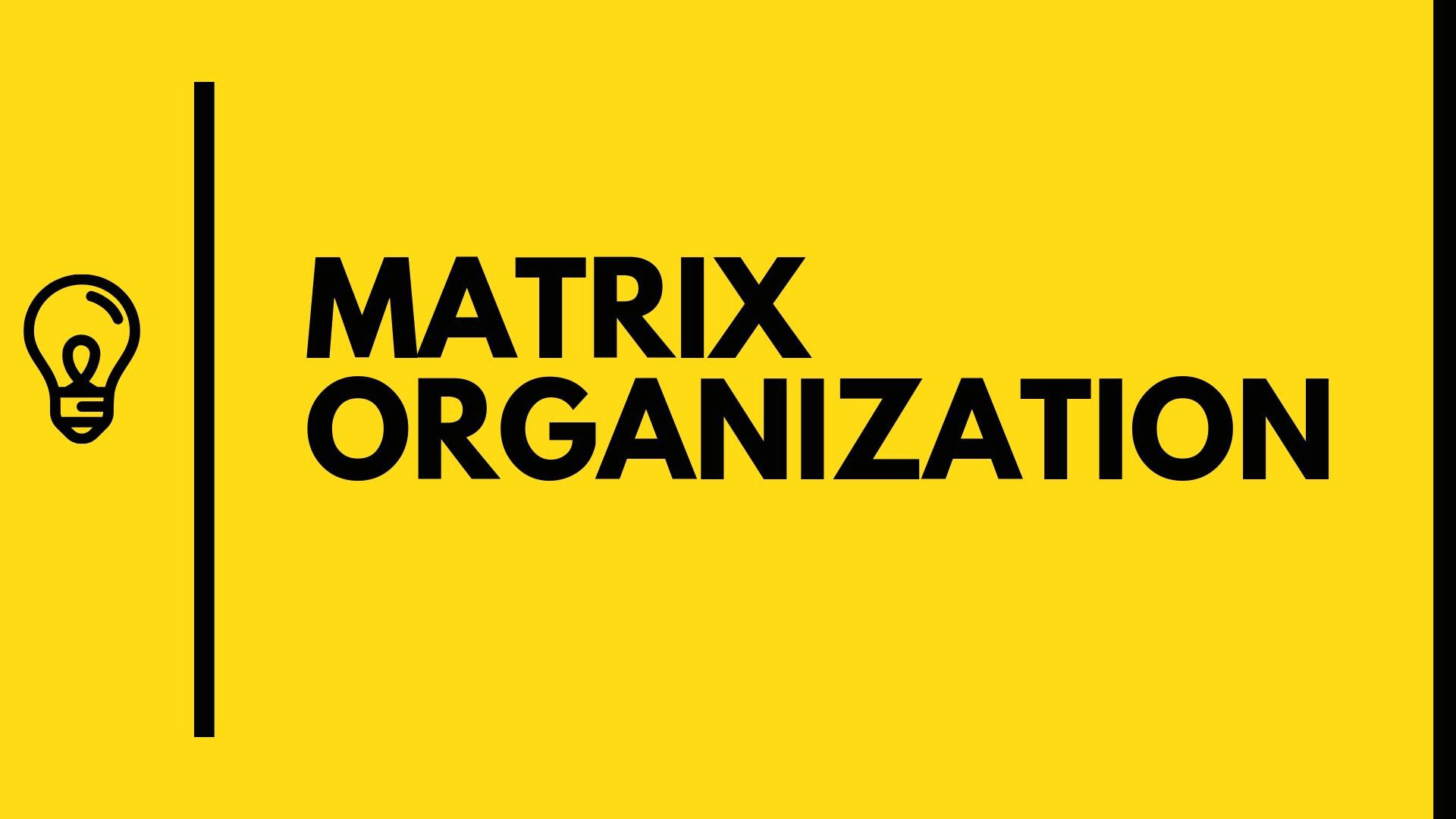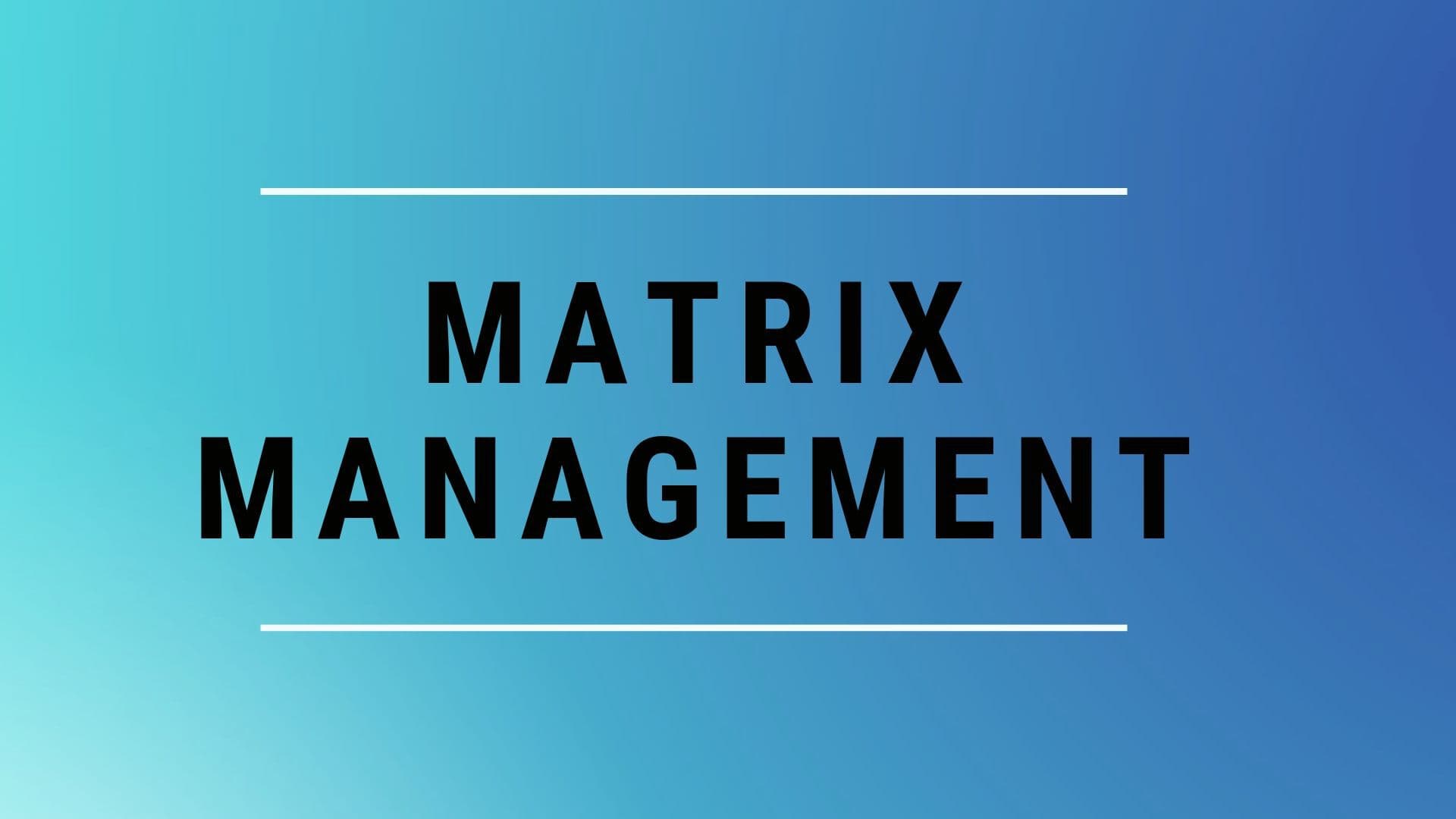In this article, we have analyzed the the Business Model of Whatsapp in depth. WhatsApp is a communication and messaging service that lets users send…
Cycle Time: Meaning, Significance, Production Process and Formula
Cycle time can be defined as the total time required for completion of a job, task, or activity. In other words, cycle time can be…
Difference Between Management and Administration
It is common to get confused between the term administration and management as both terms are referred to controlling or managing an organization. But there…
What is Bottom line? Meaning, Calculations and how to Increase it
The final earnings or profit, earnings per share EPS, or Net Income is referred to as the bottom line of the company. The bottom name…
What is Economic Environment? 10 Factors affecting it
The economic environment can be defined as the combination of all the economic factors such as, inflation, income, employment rate, etc. which affect the buying…
What Causes Change in an Organization? 10 Factors Explored
Change is constant, and change is inevitable. Change happens in every organization, and every organization is required to adapt to that change to maintain its…
The 11 Important Steps in Research Design
Research design is critical to the Market Research Process. In a previous article, we have discussed in detail about Research design and the 12 types…
Capacity Planning: Meaning, Strategies, Importance and Procedure
Capacity planning is defined as a method to gauge the production capacity needed to meet the changing product demands of an organization. Two terms of…
Difference Between Organized and Unorganized Retailing
The term retail stands for selling goods from a particular location. In the process of retailing, the job of a retailer is to play the…
Retail Marketing Mix and the 7 P’s of the Retail Mix
Retail marketing mix refers to the variables that a retailer can use in variable methods to arrive at an effective marketing strategy to attract his…
Matrix Organization: Structure, Types, Examples, and Advantages
Matrix organization is defined as a complex structure implemented by business organizations. In most cases, the business entity follows a hierarchy system but here, the…
Departmentalization: Meaning, Objectives, Types, Examples & Advantages
Departmentalization is defined as a process that groups activities into different departments. These departments are created so that tasks can be performed by specialization within…
Decision Matrix: Meaning, Examples, and How to use a Decision Matrix?
A decision matrix is defined in simple terms as a table that helps to evaluate a set of criteria against a set of options. It…
Operating Cycle: Meaning, & How to Reduce the Longer Operating Cycle?
Operating cycle is defined in terms of the average time an organization takes between spending money for operational activities and later collecting the amount of…
Matrix Management – Definition, Challenges and Types
Matrix management is defined as an organizational structure where some of the employees report to one or more than one leader at the same time….


